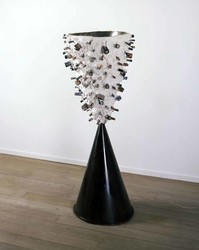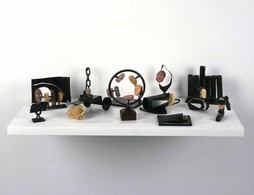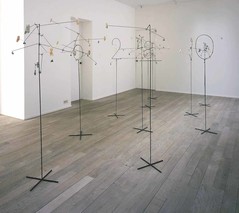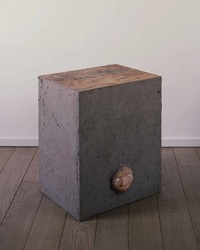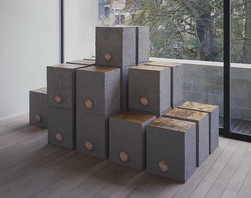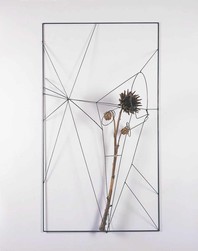Evan Holloway: A Voyage to Laputa
17 November—17 December 2005
6 rue St-Georges | St-Jorisstraat
| 1 | / | 8 |
×
In the new sculptures, Evan Holloway tries to focus his attention on real physical objects and events. To achieve this, he tries to emphasize the role of the viewer as a participant in the art. The full experience of the sculptures often requires manipulating them by touching some part of it, actually, playing with it and exploring the way the work changes its appearances. Each work gains additional meaning as its various positions are discovered by the viewer.
In one of the new sculptures, this play is the rolling of a ball around a circuit. What one will discover through real time handling, is that the ball can only roll in one direction to complete the circuit. This is a rather contradictory event because the graphic imagery of the sculpture, which reminds us of a Möbius loop or a figure 8, somehow promises a limitless possibility, variety and spatial ambiguity.
Spew, a sculpture made of plaster, old batteries and sound (an obnoxious radio advertising), expresses some thoughts about the culture Holloway lives in. It also involves the viewer in giving him the option to turn it off. For the artist, Spew represents a kind of escape fantasy, but also a political reminder that some control over mass-media can be regained by simply turning off the delivery system.
A large number of wooden boxes, which all have a human face on one of their sides, operate as furniture in a domestic environment and constantly change meaning by their proximity to other objects, or by what or who is sitting on them.
A Voyage to Laputa, the title of the exhibition, refers to a chapter in Jonathan Swift's book Gulliver's Travels. In this chapter he finds himself on an island that floats in the air and is inhabited by beings completely lost in speculation on mathematics and music. So engaged are they in these thoughts that they must be constantly whacked on the side of the head by their servants so that they can be called to attention on mundane matters. They are so exclusively engaged with the theoretical that they do not observe the real physical conditions and consequences of their practices. By referring to Swift, Evan Holloway intends to highlight the fact that his sculptures are not just abstractions and decorations, but are to be understood as commentary on real social conditions.
Every one of the objects Evan Holloway is showing in the exhibition is also part of a very intentional plan to make works that are for very small audiences. The permission to handle the sculptures and the instructions on how to operate is held within a small network of people. Unlike the works in block buster exhibitions that need to be amplified or formatted to please the masses, Holloway wants to make nuanced sculptures and exhibitions: small events for small audiences in small spaces.
Evan Holloway lives and works in Los Angeles. He has recently participated at exhibitions in New York (“We disagree” at the Wrong Gallery, 2005); at the San Francisco Museum of Modern Art (“Art Now”, with Gary Webb, 2004) and at the Seattle Museum of Modern Art (“The West Coast in Contemporary Art”, 2004). It is his second exhibition at Xavier Hufkens.
Related Exhibitions

Evan Holloway
12 January—17 February 2018
6 rue St-Georges | St-Jorisstraat
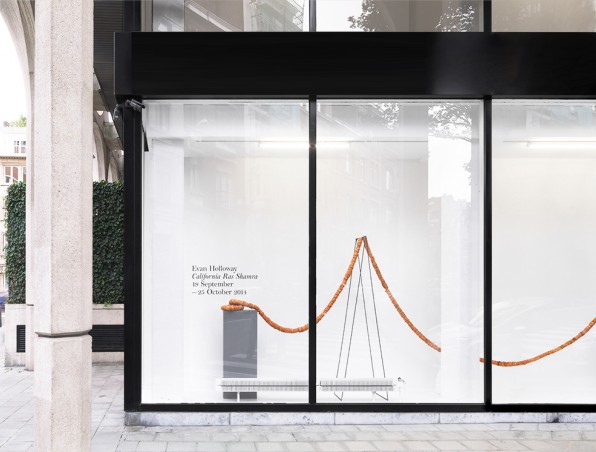
Evan Holloway: California Ras Shamra
18 September—25 October 2014
107 rue St-Georges | St-Jorisstraat
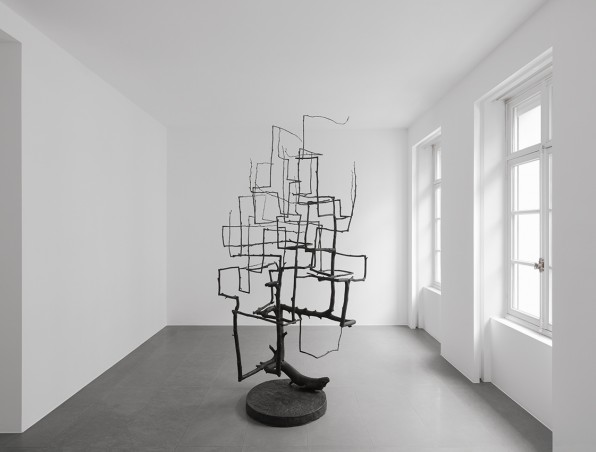
Evan Holloway: Trees, Heads, Molds
5 April—5 May 2012
6 rue St-Georges | St-Jorisstraat

Evan Holloway
6 June—31 August 2002
6 rue St-Georges | St-Jorisstraat

